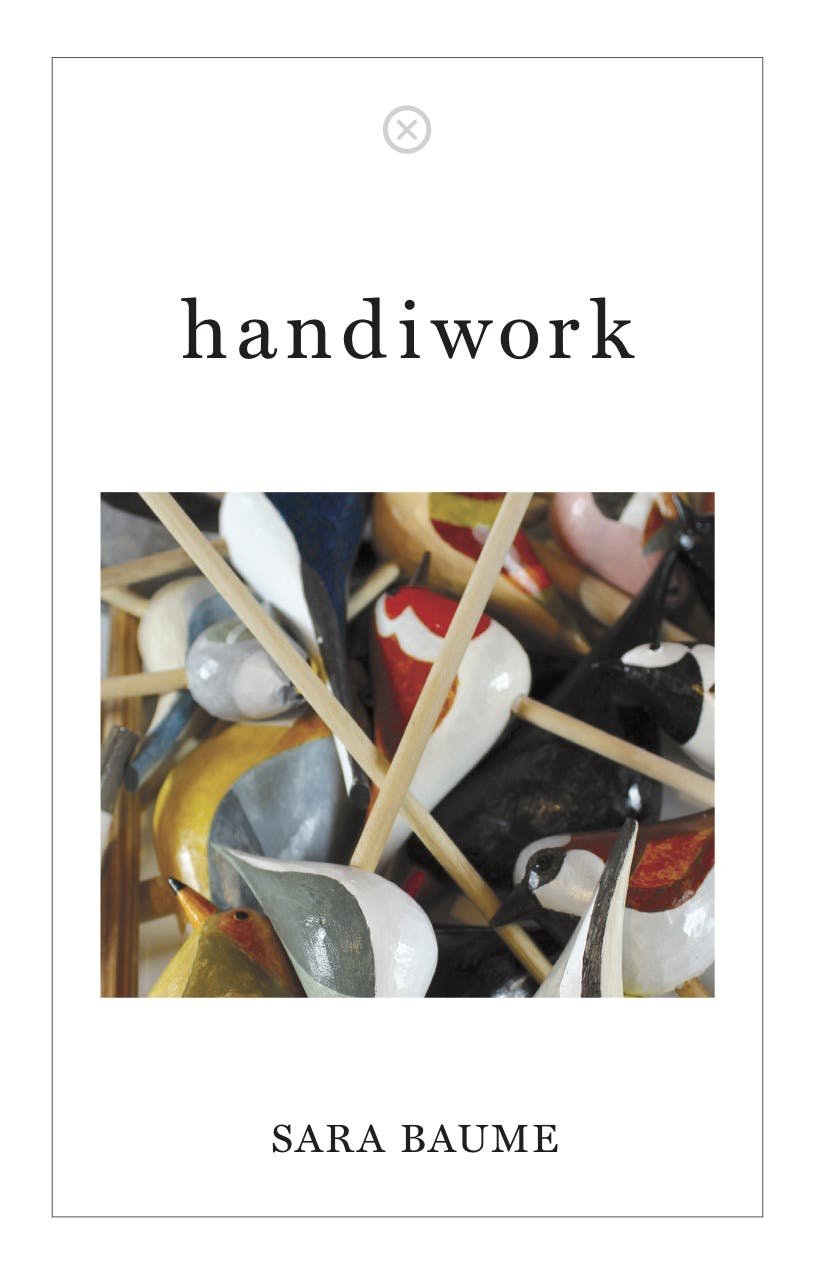
07 Jul Book Review of Handiwork
Handiwork: A Reflection on Creation and Connection
When I first picked up Handiwork by Sara Baume, I felt an immediate spark of familiarity. As someone who recently transitioned from a corporate HR job to a life steeped in photography, I understand the profound connection between creativity and personal growth. Baume’s exploration of her own artistic journey after her father’s death resonated deeply with my own experiences, and I felt as though she was reflecting parts of my soul back to me.
In Handiwork, Baume embarks on a project—though she hesitantly suggests that “project” might not be the right word—of creating a collection of birds from carved and painted plaster. The book unfolds like a gentle meditation, weaving together her grief, the domestic nuances of her life, and the poetic observances of the avian world. Each page is a testament to how art and life interconnect, mirroring the often messy yet beautiful process of creation.
One of the book’s standout features is Baume’s keen eye for detail within the domestic landscape. As she describes her interactions with her partner, I was reminded of the simple yet profound moments in my own 37-year marriage. The imagery of “simple flight calls—like geese gently honking to the fellow members of their group” struck a chord. It encapsulated the idea of connection without grand declarations, reminding me of the quiet ways we reassure those we love.
At its heart, Handiwork is about navigating the duality of expression—Baume eloquently notes, “I have always felt caught between two languages, although I can only speak in one.” This duality is something I often grapple with in my photography. The quote by David Alan Harvey echoes through my mind: “Don’t shoot what it looks like. Shoot what it feels like.” Baume’s process of creating visual art parallels my own explorations in photography; both are ways of translating feelings into a medium.
The inclusion of Baume’s small sculptures throughout the book is a delightful touch, providing a visual connection to the words that resonate so deeply. One particular moment stands out when Baume finds herself in a “staring contest” with a wheatear. This encounter illuminates not just her curiosity about the bird but a shared vulnerability—a theme that runs through the entire narrative. It’s in these simple, yet profound moments that one feels the heartbeat of the book.
As I neared the end of Handiwork, I realized I had not just read about art, grief, or nature; I had felt deeply connected to another creative soul. This book encourages us to embrace our own artistry, reflect on our experiences, and find beauty in the act of making—much like my own photography journey.
Handiwork will resonate with anyone who has ever found solace or inspiration through creativity. It’s for those who appreciate the delicate interplay of life and art, and for anyone navigating their own artistic process. Whether you’re a seasoned artist or someone exploring creative pursuits, Baume’s insights offer a rich, reflective experience that lingers long after the last page is turned. For me, it was not just a book but a kindred spirit in print—a reminder of the beauty found in both creation and connection.
Discover more about Handiwork on GoodReads >>









